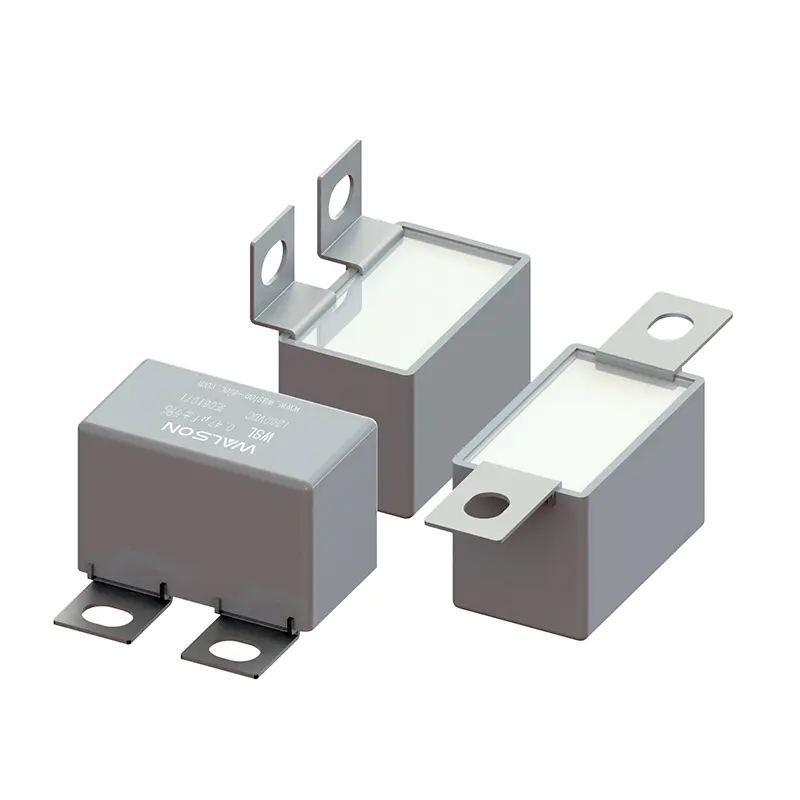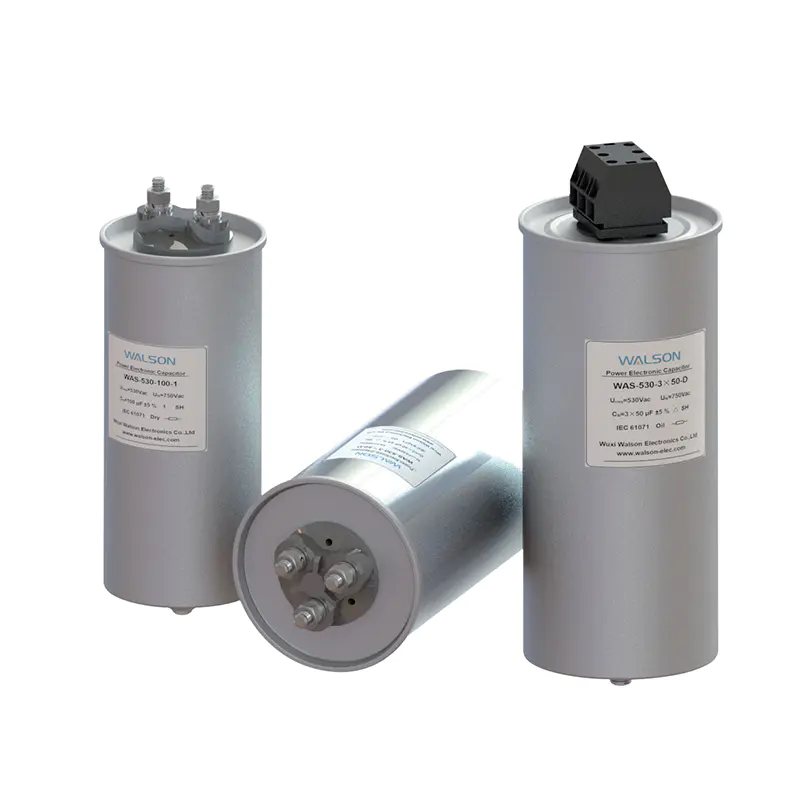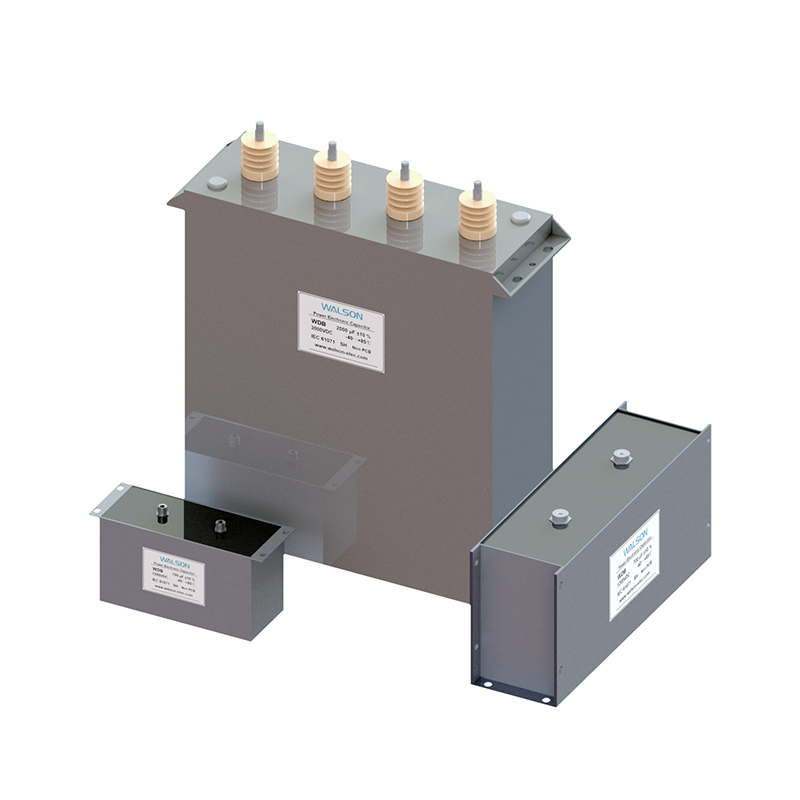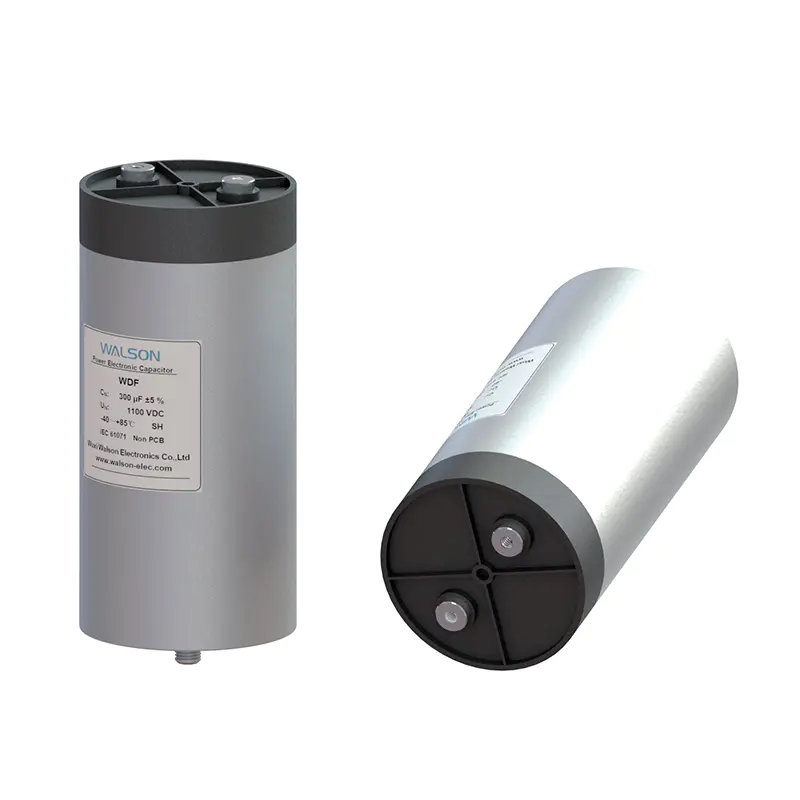- Home
- Products
- Applications
- Capacitors for Household Appliances
- Capacitors for Power Supply
- Capacitors for LED Lighting
- Capacitors for Mobile And DSL Appliances
- Capacitors for Automotive& Vehicles
- Capacitors for Photovoltaic Inverters
- Capacitors for Wind Power Plants
- Capacitors for Renewable Energy Systems
- Capacitors for Induction Heating
- Capacitors for Medical Equipments
- Capacitors for Industrial Control
- Capacitors for Power Electric
- Capacitors for Rail Transit
- Capacitors for Smart Grid
- Capacitors for University & Research Instituite (High Energy Physics)
- About Us
- News
- Contact Us
-
- Capacitors for Household Appliances
- Capacitors for Power Supply
- Capacitors for LED Lighting
- Capacitors for Mobile And DSL Appliances
- Capacitors for Automotive& Vehicles
- Capacitors for Photovoltaic Inverters
- Capacitors for Wind Power Plants
- Capacitors for Renewable Energy Systems
- Capacitors for Induction Heating
- Capacitors for Medical Equipments
- Capacitors for Industrial Control
- Capacitors for Power Electric
- Capacitors for Rail Transit
- Capacitors for Smart Grid
- Capacitors for University & Research Instituite (High Energy Physics)
Web Menu
- Home
- Products
- Applications
- Capacitors for Household Appliances
- Capacitors for Power Supply
- Capacitors for LED Lighting
- Capacitors for Mobile And DSL Appliances
- Capacitors for Automotive& Vehicles
- Capacitors for Photovoltaic Inverters
- Capacitors for Wind Power Plants
- Capacitors for Renewable Energy Systems
- Capacitors for Induction Heating
- Capacitors for Medical Equipments
- Capacitors for Industrial Control
- Capacitors for Power Electric
- Capacitors for Rail Transit
- Capacitors for Smart Grid
- Capacitors for University & Research Instituite (High Energy Physics)
- About Us
- News
- Contact Us
Product Search
Exit Menu
Common Problems in AC Film Capacitors and How to Avoid Them
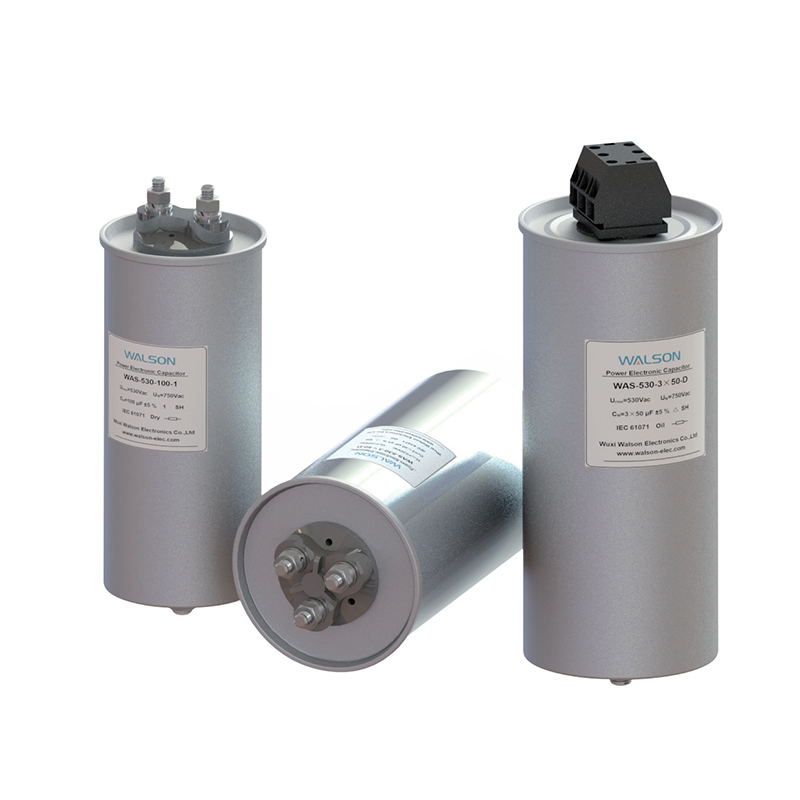
Common Problems in AC Film Capacitors and How to Avoid Them
Introduction
AC film capacitors are critical components in industrial and electrical applications, providing stable performance in alternating current circuits. Their reliability directly affects the efficiency and safety of electrical systems. Despite their widespread use, AC film capacitors may encounter various operational problems that, if not addressed, can system failures, downtime, or reduced equipment lifespan. Understanding common issues and implementing preventive measures is essential for maintaining performance.
Electrical Failures in AC Film Capacitors
Electrical issues are among the common problems faced by AC film capacitors. These can result from overvoltage, transient spikes, or improper circuit design.
Overvoltage and Transient Surges
Overvoltage can occur when the voltage applied exceeds the capacitor’s rated voltage. Transient surges from switching operations or lightning strikes may damage the dielectric material, reducing capacitance or causing total failure.
Preventive Measures:
Select capacitors with voltage ratings higher than the expected operating voltage.
Use surge protection devices to mitigate transient spikes.
Regularly monitor voltage conditions in the system.
Capacitance Drift
Capacitance drift occurs when the effective capacitance of the AC film capacitor changes over time, impacting circuit performance. This can be caused by thermal stress, humidity, or aging of the dielectric material.
Typical Causes of Capacitance Drift in AC Film Capacitors
| Cause | Description | Preventive Action |
|---|---|---|
| Thermal Stress | Excessive heat accelerates dielectric aging | Ensure proper cooling and ventilation |
| Humidity | Moisture ingress reduces dielectric quality | Use encapsulated or sealed capacitors |
| Aging | Material naturally degrades over time | Periodic inspection and replacement |
| Electrical Stress | Voltage fluctuations stress dielectric | Stabilize voltage supply with surge protection |
Dielectric Breakdown
Dielectric breakdown is a severe failure mode where the insulating material inside the capacitor fails, causing a short circuit or even fire hazards in cases. Factors include high operating voltage, mechanical defects, or contamination during manufacturing.
Prevention Tips:
Choose capacitors with high dielectric strength suitable for the operating environment.
Inspect capacitors for physical damage before installation.
Avoid exposure to chemicals or contaminants that can degrade the dielectric.
Thermal Issues
AC film capacitors are sensitive to temperature variations. Excessive heat can cause insulation failure, reduced capacitance, and shortened lifespan.
Overheating
Overheating is usually caused by high ripple currents, poor ventilation, or proximity to heat-generating components. Consistent exposure to elevated temperatures accelerates aging and can catastrophic failure.
Preventive Measures:
Ensure proper airflow around capacitors.
Select capacitors rated for high temperature operation when necessary.
Avoid placing capacitors near heat sources such as transformers or power resistors.
Hot Spot Formation
Hot spots occur when specific areas of a capacitor experience localized heating, often due to uneven current distribution. This can degrade the dielectric and cause premature failure.
Prevention Tips:
Use capacitors with uniform film winding design.
Maintain balanced current distribution in multi-phase systems.
Regularly check operating temperatures with thermal sensors.
Mechanical Problems
Mechanical issues, though often overlooked, are common in AC film capacitors, especially in industrial environments.
Physical Damage
Capacitors may experience cracks, dents, or deformation during handling, installation, or operation under vibration.
Preventive Measures:
Handle capacitors carefully during installation.
Use vibration-damping mounts in high-vibration environments.
Conduct visual inspections periodically to detect damage.
Lead or Terminal Failures
Leads and terminals can corrode or loosen over time, resulting in poor electrical connections or intermittent failures.
Common Mechanical Failures in AC Film Capacitors
| Failure Type | Cause | Solution |
|---|---|---|
| Lead Corrosion | Moisture and chemical exposure | Use corrosion-resistant terminals |
| Terminal Loosening | Vibration or improper mounting | Tighten connections and use secure mounts |
| Encapsulation Damage | Physical impact or heat exposure | Replace damaged units promptly |
| Housing Cracks | Manufacturing defects or mechanical stress | Inspect and replace as necessary |
Environmental Factors
Environmental conditions such as humidity, dust, and chemical exposure can significantly affect AC film capacitor performance.
Moisture and Humidity
Moisture can penetrate non-encapsulated capacitors, reducing dielectric strength and causing insulation failure.
Preventive Actions:
Use sealed or encapsulated capacitors in humid environments.
Apply conformal coatings to exposed connections.
Control ambient humidity in storage and operational areas.
Dust and Contaminants
Accumulation of dust or exposure to chemicals may surface tracking, insulation degradation, or corrosion.
Prevention Tips:
Maintain a clean installation environment.
Implement regular cleaning schedules for capacitors in dusty or industrial settings.
Use protective housings or enclosures in harsh environments.
Maintenance and Monitoring Strategies
Effective maintenance can significantly reduce the likelihood of capacitor failures. Key strategies include:
Regular Inspection: Check for physical damage, discoloration, or leakage.
Thermal Monitoring: Use temperature sensors to detect overheating or hot spots.
Electrical Testing: Measure capacitance, insulation resistance, and dielectric loss periodically.
Replacement Planning: Replace aging capacitors before failure occurs, based on expected service life.
Recommended Maintenance Schedule for AC Film Capacitors
| Maintenance Activity | Frequency | Notes |
|---|---|---|
| Visual Inspection | Quarterly | Look for physical damage or corrosion |
| Capacitance Measurement | Annually | Identify capacitance drift early |
| Insulation Resistance Testing | Annually | Ensure dielectric integrity |
| Cleaning and Dust Removal | Semi-Annually | Avoid surface tracking and contamination |
| Thermal Imaging | Semi-Annually | Detect hot spots before failure |
Selection Considerations
Proper selection of AC film capacitors can prevent many common problems. Considerations include:
Voltage Rating: Choose a capacitor with adequate margin over operating voltage.
Temperature Rating: Ensure compatibility with ambient and operational temperatures.
Ripple Current Handling: Select capacitors rated for expected ripple currents to prevent overheating.
Environmental Protection: For harsh conditions, use encapsulated or coated capacitors.
Mechanical Durability: Consider vibration resistance, conductor strength, and housing design.
Conclusion
AC film capacitors are indispensable components in modern electrical and industrial systems. Understanding common problems—including electrical failures, thermal issues, mechanical damage, and environmental effects—allows engineers and maintenance teams to implement preventive strategies, enhancing reliability and extending capacitor lifespan.
By combining proper selection, installation, and routine maintenance, potential failures can be minimized, ensuring stable and efficient operation in AC circuits. The use of monitoring techniques such as thermal imaging, insulation resistance testing, and regular inspections further contributes to consistent performance and reduces the risk of unexpected downtime.
Adopting these practices ensures that AC film capacitors perform reliably across various applications, from industrial machinery to power distribution systems, ultimately supporting operational efficiency and safety.

 简体中文
简体中文 English
English Español
Español